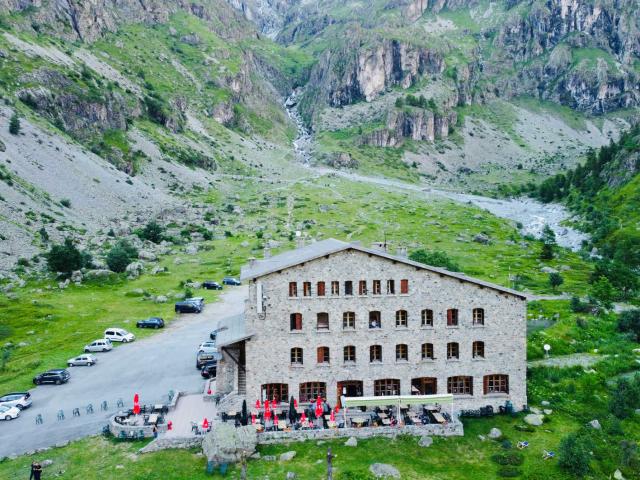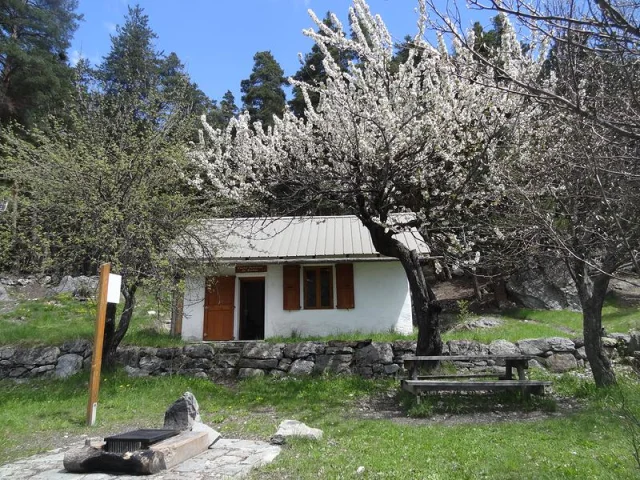- Sleeping
A little reminder: there are two types of mountain huts – guarded and unguarded. You can find them easily online or directly on the IGN maps and in some topoguides.
The guarded huts are only guarded for part of the year, often from the beginning of spring to the end of summer. Remember to book ahead! As to the price, it’s on average between 20€ and 30€ a night. Generally speaking, these are common areas, so don’t forget to take your earplugs if you want a good night! Among the most beautiful guarded huts in the French Southern Alps, you have the Refuge de la Blanche above Saint-Véran, in a sublime setting on the banks of the Lac de la Blanche, or the Refuge de Chambeyron beside the Lac Premier in the Alpes-de-Haute-Provence.
- Eating
In guarded huts, there is often a restaurant service supplied by the hut keeper. Choose yiour option and book either full-board, half-board or just for the night. And you can even bring your picnic.

















